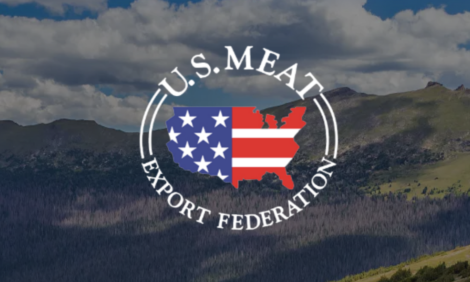|
Need a Product or service?
|
|
In response to this media speculation, Peter Roeder, FAO Animal Production and Health Division, comments on the potential link between agriculture, livestock production and the SARS pandemic.
Is there any proof that the SARS virus originated in animals?
There is currently no evidence for an origin in farm animals (cattle, pigs, poultry etc) and it seems unlikely, even if the origin of the virus is still a mystery.
Assuming that SARS is caused by the novel coronavirus which has been associated with the disease, genetic fingerprinting of this virus shows it to be very different from any other known animal or human coronavirus.
Is there any relationship between SARS and the bird flu currently active in Europe and the US?
No, these are caused by two completely different viruses.
Are intensive livestock production and the concentration of animals to blame as a breeding ground for SARS?
Intuitively one might expect this to be the case but, as there is no evidence that the virus originated in farm animals, these factors cannot be held responsible on this occasion.
The high population density in southern China could well have been an important factor in the genesis of this disease, whatever its origin.
 Could a more sustainable livestock production reduce the risk of such diseases?
Could a more sustainable livestock production reduce the risk of such diseases?
This is certainly so, but it is not a factor in this case.
That said, the vulnerability to epidemic diseases of intensive, industrialised livestock farming systems is increasingly being demonstrated. This brings into doubt the viability of these systems.
A high human population density in close contact with several species of intensively farmed livestock potentially provides a substrate for cross-species transmission, evolution and amplification of many pathogenic agents.
Scientists in Canada and Australia are planning to import the SARS virus and infect animals with it. FAO is supporting these experiments. What do you expect from these tests?
This experimental work is needed to match field studies to explore the unlikely circulation of the virus in animal populations.
The work has actually started at the Canadian National Centre for Foreign Animal Disease and we hope it will be complemented by other studies in Australia. We expect that this work will tell us about the potential for this virus to infect animals, the nature of any disease signs produced and the potential for animals to pass on the virus.
Could the virus be transmitted through livestock products and trade
We have no evidence that the SARS virus infects farm animals and, thus, its presence in animals and food products is highly speculative. Even if present, the virus would most probably be completely killed by cooking and processing.
The coronaviruses, to which the SARS agent probably belongs, tend to be rather fragile outside animals and would last for only a short time - a matter of only a few hours - as contaminants on food packaging.
There seems to be no reason to suspect that livestock trade has been the way this disease has spread within affected areas and around the world.
All the evidence points to this being a human pathogen transmitted primarily by droplet infection from the respiratory tract of affected people.
Could trade restrictions help to stop the spread of the virus?
Trade seems not to play a role, so trade restrictions are irrelevant.
Could the virus be transported through food products carried by travellers?
Again the answer seems to be a clear 'No'.
What's FAO's role in fighting SARS?
FAO is first of all concerned to ensure that a full and complete characterisation of the SARS agent and its evolution iscarried out. The involvement of farm animals and trade must be ruled out.
In partnership with WHO, FAO pays particular attention to the farming and food handling context. On a more generic level the evolution of pathogenic agents in intensive farming systems in highly populated areas is a matter of ongoing concern for FAO.
Understanding the evolution of pathogens in relation to farming systems and the food chain is an important component of FAO's work in veterinary public health.
Source: FAO - 5th May 2003




 Could a more sustainable livestock production reduce the risk of such diseases?
Could a more sustainable livestock production reduce the risk of such diseases?













